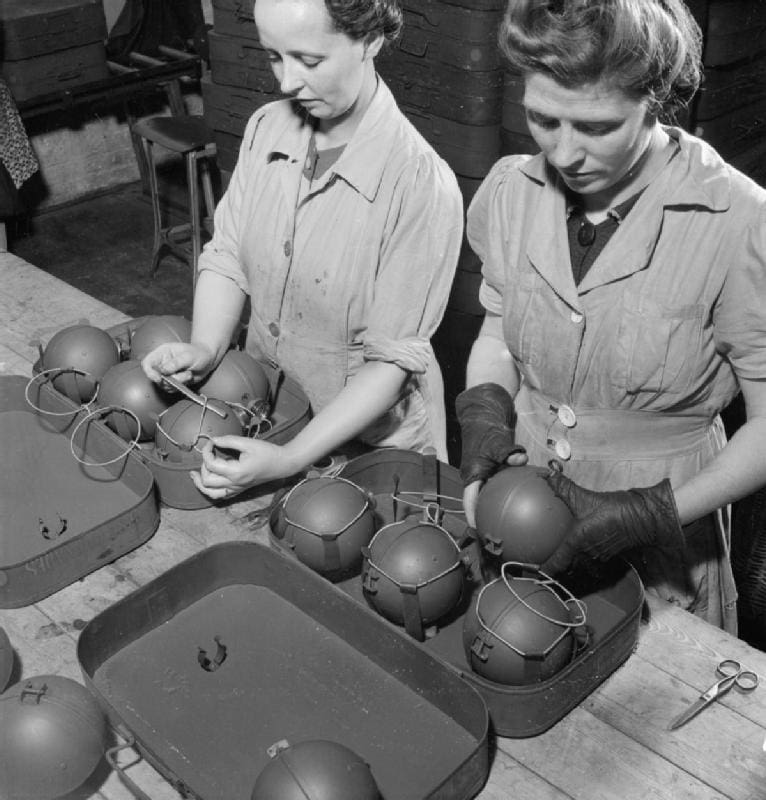
ADVERTISEMENT - CONTINUE READING BELOW
The Sticky Bomb
During the Second World War, one of the more ill-fated weapon concepts emerged from the British arsenal: the Sticky Bomb. Conceived in the aftermath of the Battle of France and the evacuation from Dunkirk, the Sticky Bomb, officially known as the Grenade, Hand, Anti-Tank No. 74, aimed to fill the void left by the loss of anti-tank weapons. Resembling a maraca, this peculiar device featured an outer metal shell concealing an adhesive-coated bomb. The idea was for soldiers to remove the outer layer, stick the bomb to a tank, activate a five-second fuse, and then retreat to a safe distance. However, the practicality of this weapon was compromised by its adhesive, which struggled to cling to the dusty, muddy, or wet surfaces typically found on tanks.
Moreover, the Sticky Bomb presented a more comical yet perilous problem: its adhesive had a penchant for sticking not just to tanks but also to its wielder. The adhesive would often leak, resulting in the bomb adhering to the user’s hand or uniform, leading to tragically amusing scenarios. As if in a cartoon, users found themselves desperately shaking their hands to dislodge the bomb, reminiscent of Wile E. Coyote grappling with TNT glued to his paw. Anecdotes from the time recount instances of Sticky Bomb users unintentionally affixing the explosive to themselves, with one Home Guard member recalling a fellow soldier’s quick thinking to dispose of a bomb stuck to a comrade’s trouser leg, resulting in a messy but fortunately non-lethal aftermath.

